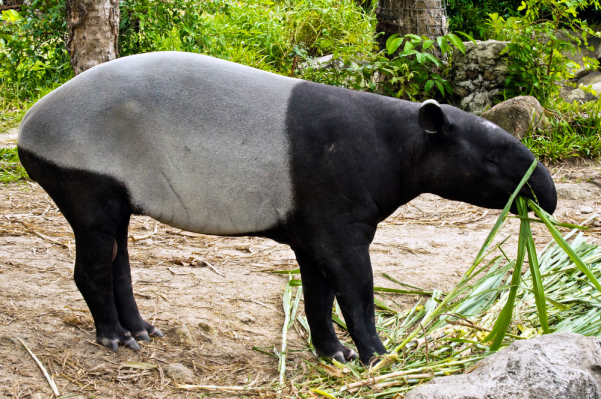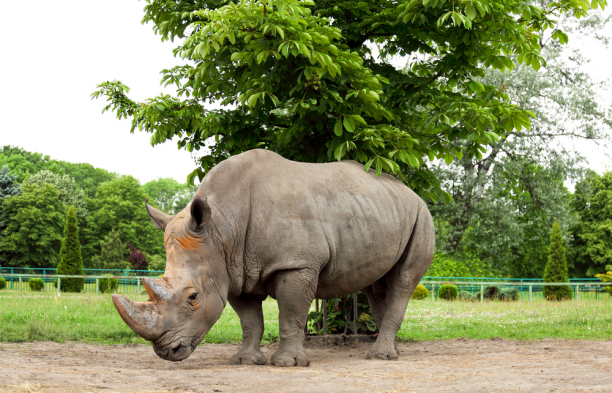Malayan Tapir(Tapirus indicus)

The Malayan Tapir(Tapirus indicus), also called Asian Tapir, Asiatic Tapir, Indian Tapir, and Malay Tapir is the only species of tapir that lives in Asia. The Malayan Tapir is the largest of the five species of tapir.
Malayan Tapir Scientific Classification:
| Kingdom | Animalia |
| Phylum | Chordata |
| Class | Mammalia |
| Order | Perissodactyla |
| Family | Tapiridae |
| Genus | Tapirus |
| Species | T. indicus |
| Binomial Name |
| Tapirus indicus |
Physical Characteristics
The Malayan Tapir, just like all tapirs, has an elongated upper lip and nose that forms a prehensile snout that is used for plucking leaves and shoots from trees as well as sniffing their way along … Continue

